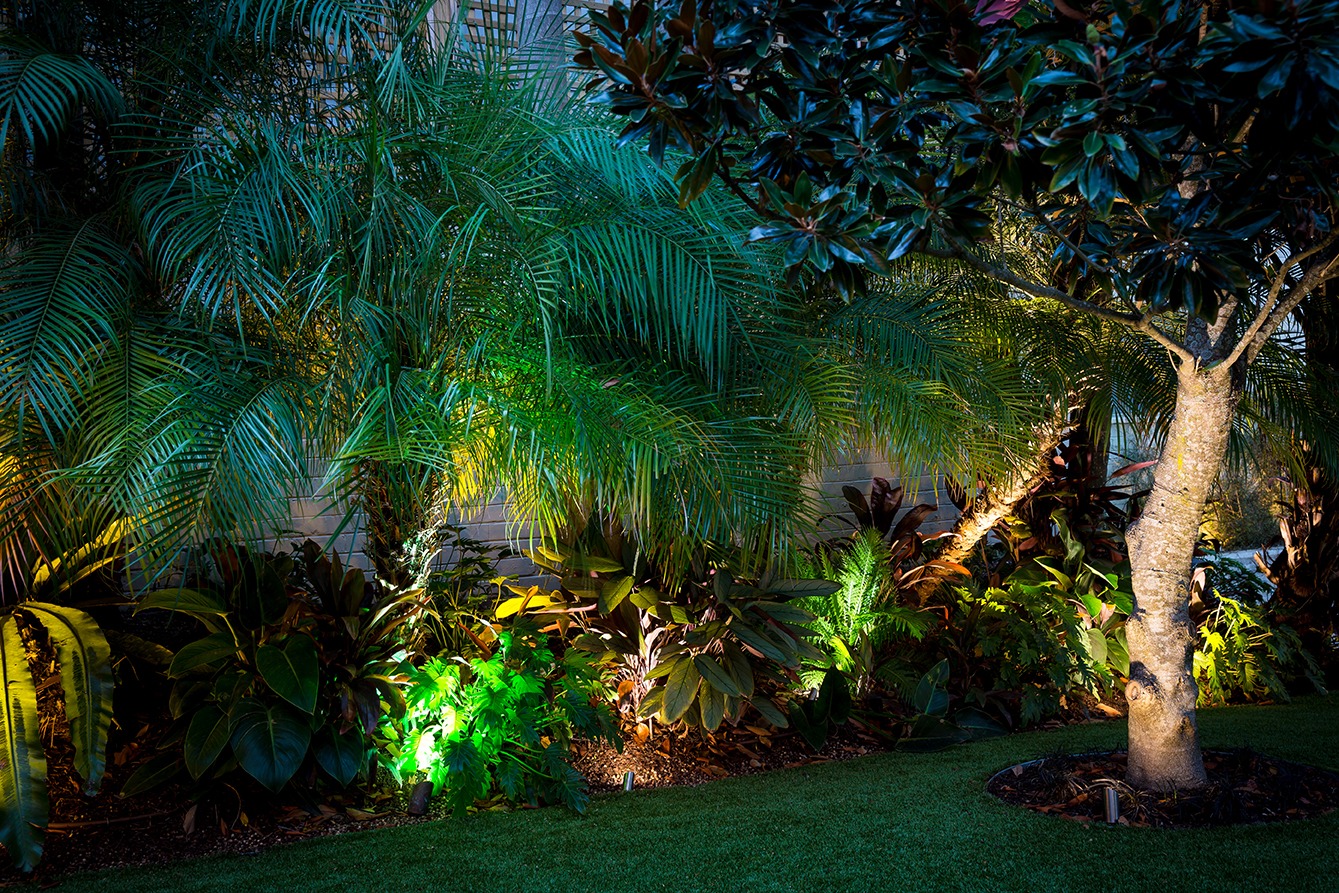indoor led lighting

Indoor LED lighting refers to the usage of LED (Light Emitting Diode) know-how for illuminating the inside areas of houses, offices, business buildings, and numerous indoor environments. LED lighting has gained widespread recognition for indoor applications as a end result of its power efficiency, longevity, versatility, and high quality of sunshine. Here are some key considerations and benefits of indoor LED lighting:
Benefits of Indoor LED Lighting:
Energy Efficiency:
LED lights are extremely energy-efficient, consuming considerably less electrical energy compared to conventional incandescent and fluorescent lights. This ends in decrease vitality payments and decreased environmental impact.
Longevity:
LED lights have an exceptionally long lifespan, often lasting 25,000 to 50,000 hours or more. This reduces the necessity for frequent replacements, saving each money and time.
Nashville outdoor lighting company Lighting:
LEDs provide instant illumination when turned on, with no warm-up time required. They reach full brightness instantly, making them suitable for functions where quick lighting is needed.
Cool Operation:
LEDs emit very little warmth compared to incandescent and halogen bulbs. This makes them safer to use, particularly in enclosed fixtures, and reduces the load on air conditioning methods.
Dimmability:
Many LED fixtures and bulbs are dimmable, permitting users to regulate the brightness to create the desired ambiance and save additional power when full brightness is not needed.

Color Temperature Options:
LEDs can be found in various shade temperatures, from heat white (providing a comfy, yellowish light) to cool white (offering a shiny, bluish-white light). This versatility allows users to pick lighting that suits their preferences and wishes.
Color Rendering Index (CRI):
LEDs can obtain high CRI values, which implies they precisely render colors compared to pure daylight. This is necessary for applications where color accuracy is essential, such as in artwork galleries, retail settings, and make-up areas.
Low UV Emissions:
LEDs emit minimal ultraviolet (UV) and infrared (IR) radiation, lowering the chance of harm to sensitive materials, fabrics, and art work.
Versatility:
LEDs are out there in quite lots of fixtures, together with recessed downlights, observe lights, pendant lights, strip lights, and more. This permits for flexibility in designing and customizing indoor lighting schemes.
Smart Lighting Integration:
Many indoor LED lighting methods may be integrated into smart house or building automation techniques. This allows distant control, scheduling, and customization of lighting to satisfy particular wants and preferences.
Task Lighting and read more Lighting:
LEDs are best for activity lighting in kitchens, offices, and workspaces, offering focused illumination. They are additionally used for accent lighting to spotlight architectural features, artwork, or decorative components.
Environmental Benefits:
LED lighting contributes to energy conservation and lowered greenhouse fuel emissions due to its low power consumption and long lifespan. It additionally contains no hazardous materials like mercury, which is found in some other forms of lighting.
Indoor LED lighting has revolutionized interior lighting design, providing energy-efficient and versatile options for a variety of residential and business applications. When selecting indoor LED lighting, consider elements such because the intended purpose, desired ambiance, colour temperature, and CRI to create a well-lit and cozy indoor environment..
